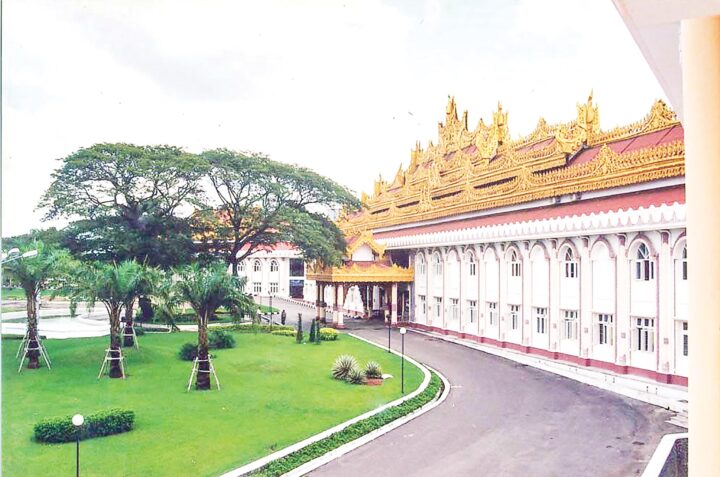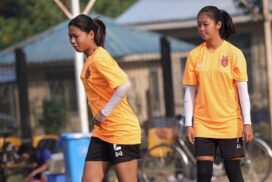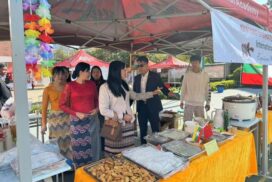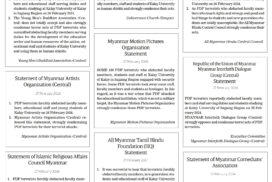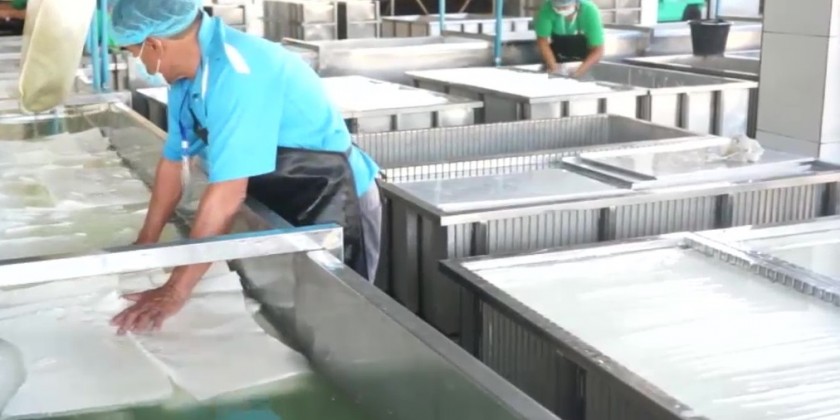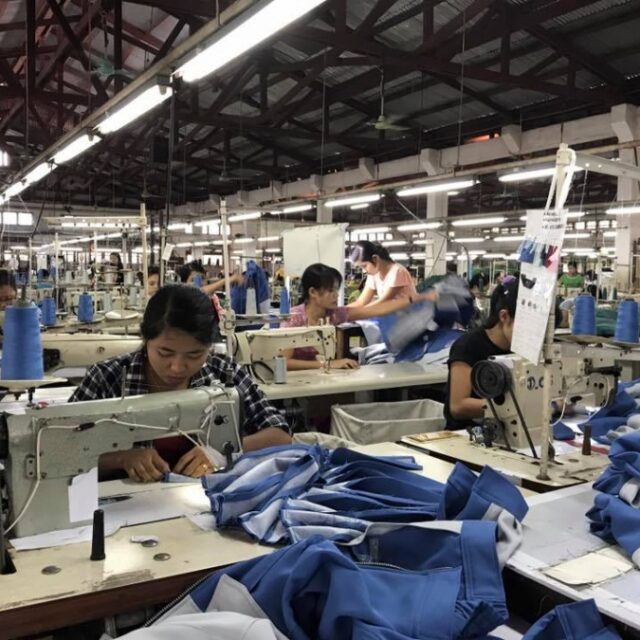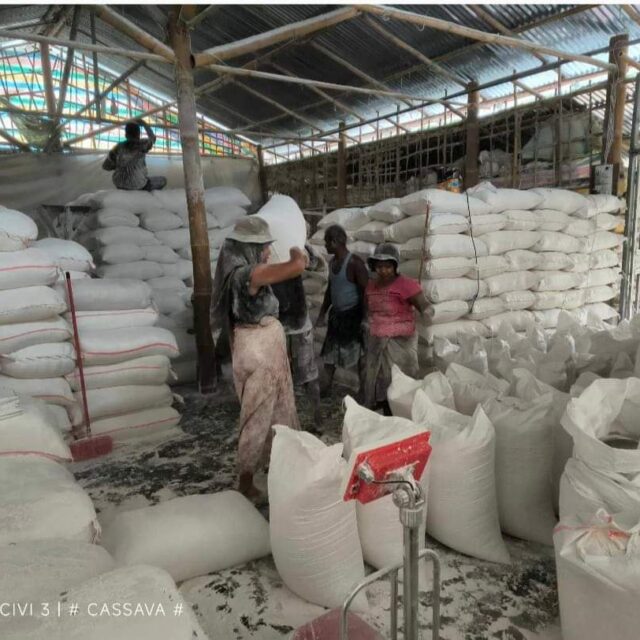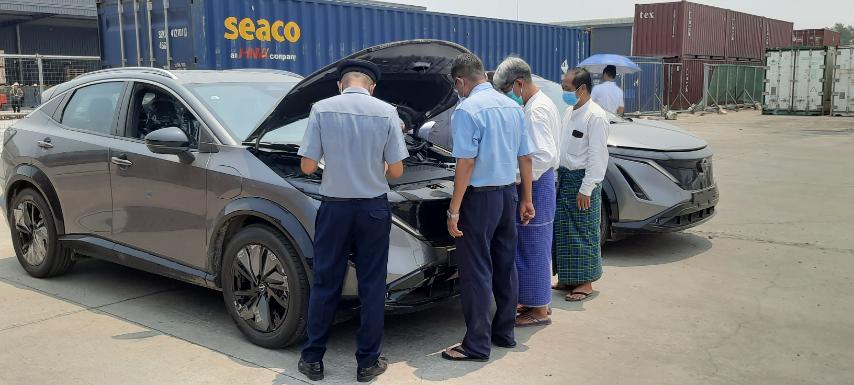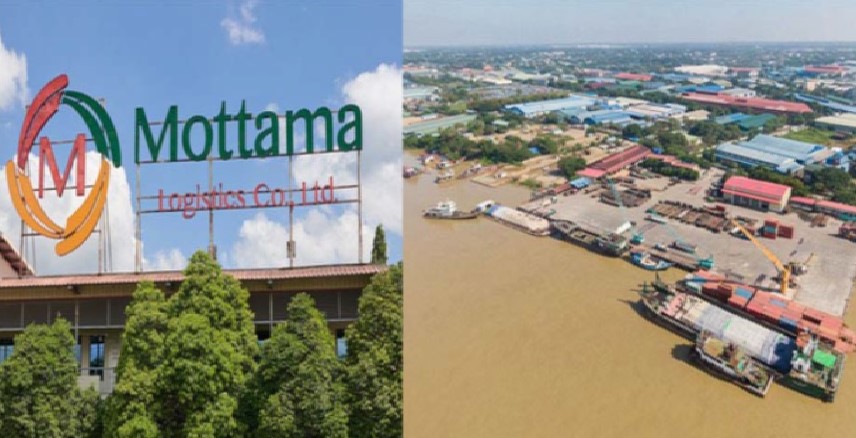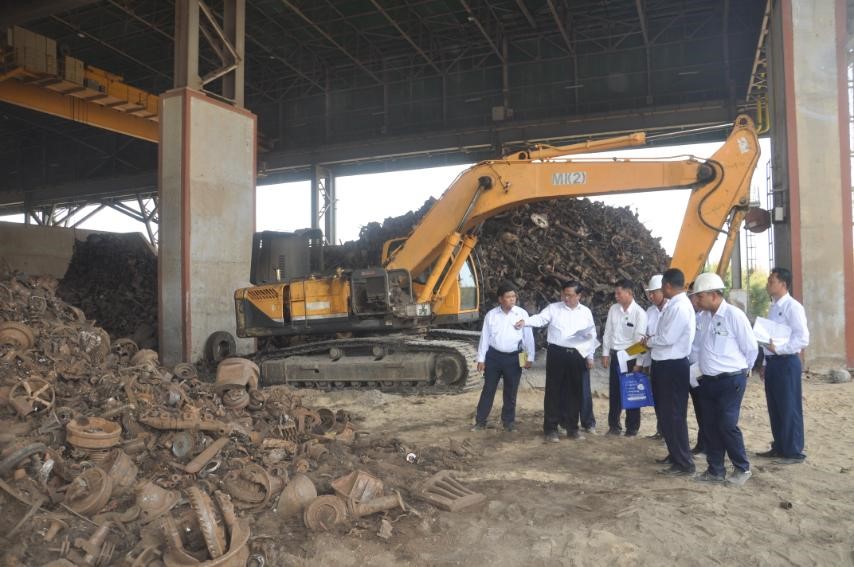Theravāda Buddhism has been flourishing in Myanmar since ancient times. Myanmar especially plays a leading role among the Theravāda Buddhist countries. The first arrival of Buddha Sāsanato, this “Land of Pagodas”, was associated with the history of the Shwe Dagon Pagoda.
According to the Myanmar chronicles, Buddhism arrived in Myanmar in the lifetime of the Buddha, more than 2600 years ago. In the year 103MahāEra, on the full-moon day of Vesākha (May), the Buddha attained the Supreme Enlightenment. Two merchants from Suvattabhūmi, “Golden Land” as Lower Myanmar was then known, arrived in Bodhgaya and made offerings to the Buddha. At their request, the Buddha gave them eight strands of hair from His head. The sacred hair relics were enshrined in a Cetiya which is now known as Shwe Dagon Pagoda. The two merchant brothers were the first ones to take refuge in the Buddha and the Dhamma. This event was mentioned in the Shwedagon stone inscription, set up by King Dhamma Ceti (CE 1472 – 1492) of Hantharwady Kingdom.
The idea of establishing an International Theravāda Buddhist Missionary University near the Sacred Tooth Relic Pagoda was first suggested by the leader of the State. He was aware of the problems faced by the foreigners who come to Myanmar to study Theravāda scriptures and meditation. Added to these problems is the language barrier, which they could not overcome. With a view to solving these problems for the sake of foreigners and promoting Theravāda Buddhism throughout the world, he expressed his desire for establishing an International Buddhist University for those who would like to make an in-depth study of Theravāda Dhamma both in theory and practice.
This vision perfectly matched with the state of Theravāda Buddhism in Myanmar at that time for the following reasons: –
(i) Myanmar is one of the leading Theravāda Buddhist countries, and it has preserved Lord Buddha’s original teaching being approved by Mahātheras at six Buddhist Councils.
(ii) Myanmar has a reservoir of learned Buddhist monks and scholars who are well-versed in TipiÔaka. With more than four hundred thousand monks, Myanmar has more than two thousand monasteries specialized in Theravāda scriptural studies and more than six hundred meditation centres.
(iii) There are more than six thousand learned monks who are teaching Tipitaka scriptures and more than one thousand meditation masters in Myanmar.
The idea of establishing an International Theravāda Buddhist Missionary University was greatly welcomed and accepted by the State SaÑgha Mahā Nāyaka Committee, the highest authority of Sāsana affairs in Myanmar. As a first step to implement this idea, the site for the University was well chosen. It is located on the beautiful precinct of the sacred Dhammapāla Hill near the Sacred Tooth Relic Pagoda, Yangon, Myanmar. The area of the campus is about 67.870 acres.
Therefore, in order to share the genuine Theravāda Pitaka, as approved successively by the six Buddhist Councils, with the people of the world, the arrangements were made to establish International Theravāda Buddhist Missionary University with the following objectives:
(a) to share the genuine Theravāda Buddhism (the teachings of Buddha) with the people of the world.
(b) to study and comprehend the canonical texts of Theravāda Pitaka as approved successively by the six Buddhist Councils.
(c) to abstain from evil deeds and practise good deeds.
(d) to promote the four modes of sublime living (Brahma-Vihāra), which would lead to the establishment of peaceful and prosperous world.
(e) to train more missionaries endowed with good morality who are well-versed in Pitaka literature and meditational practices.
(f) to teach and train local and international students who are willing to study Theravāda Pitaka in its pristine form.
(g) to collaborate with local and foreign universities, and also to cooperate with other universities that will support the objectives of the University.
(h) to send missionaries to foreign countries for the propagation of Theravāda Buddhism.
To implement those objectives, the basic principles are also laid down as follows:
(a) The laws, bye-laws, procedures, rules and regulations, and directives relating to the International Theravāda Buddhist Missionary University must be in accord with Dhamma-Vinaya of Pariyatti Sāsana, namely Theravāda Pitaka Pāli Texts, Five Nikāyasand Atthakathās.
(b) The teaching system and methods must be upgraded in stages so as to make the students or candidates be able to study and comprehend the original canonical texts of Theravāda Pitaka Pāli Texts, Atthakathās and Rīkāsas approved successively by the six Buddhist Councils.
(c) Plans will be made to upgrade the University with a view to becoming a modern and well-developed University in respect of the structure and teaching.
(d) Based on International Theravāda Buddhist Missionary University, a plan will be made to establish colleges, institutes, training schools and Meditation Centres.
In accordance with the objectives and basic principles laid down by the University, the project was launched by forming the necessary committees, namely the Committee for Drafting University Act, Rules and Regulations, the Committee of the Patron Sayadaws, the University Curriculum Committee and the Committee for Writing University Constitution.
Meanwhile, progress was achieved at every front in the preparation period. Construction and renovation of the buildings on the campus moved ahead at amazing speed. Administrative buildings, residences for monk faculty members, hostels for nuns and female students, hostels for monks and male students were renovated. The rooms were fully furnished so that students could pursue their studies comfortably and quietly. An ordination hall, the TheravādapasāraÓī Sīmā, was also built and consecrated to be used by the monks for the observance of the Uposatha-Kamma, and for the ordination of the students.
Within two years, four lecture halls were constructed in beautiful Myanmar architectural style. Each lecture building was meant for one Faculty using the upper floor for lectures and the ground floor for Faculty members. The lecture halls were big enough for sixty students and were equipped with up-to-date audio-visual teaching aids. A new administrative complex with offices and library was also constructed on the campus. The landscaping and greening of the campus were also taken care of.
Under the patronage of the first Tipitakadhara Mahāthera of Myanmar, two State Pariyatti Sāsana Universities were opened for Buddhist monks who have a desire to pursue the study of Buddhist Canonical Texts and to propagate the Theravāda Buddha Dhamma within the country. On the other hand, the International Theravāda Buddhist Missionary University has opened a new chapter in the history of the promotion and propagation of Theravada Buddhism all over the world. With the beautiful campus, a high standard of scholarship and good facilities, International Theravāda Buddhist Missionary University is on its way to becoming a famous University propagating Theravāda Dhamma and producing outstanding missionaries. The International Theravāda Buddhist Missionary University was inaugurated on 9th December 1998. It is located on a beautiful site near the Sacred Tooth Relic Pagoda, Yangon, Myanmar.
Those local and foreign students, who had received the diploma, graduate and post-graduate degrees, will be able to propagate the genuine Theravāda Dhamma, which is expounded by the Buddha. Moreover, local students will be able to explain the genuine Theravāda Dhamma to the foreigners who are visiting Myanmar.
For sharing genuine Theravāda Buddhism, there are four faculties comprising the following departments
1. Faculty of Pariyatti
(a) Department of Vinaya Studies
(b) Department of Suttanta Studies
(c) Department of Abhidhamma Studies
(d) Department of Buddhist Culture and History
(e) Department of PāÄi Studies
(f) Department of Myanmar Language
2. Faculty of PaÔipatti
(a) Department of Dhammānuloma Studies
(b) Department of Samatha Studies
(c) Department of Vipassanā Studies
3. Faculty of Religions and Missionary Works
(a) Department of Comparative Studies of Religions
(b) Department of Missionary works
(c) Department of Vipassanā Studies
3. Faculty of Religions and Missionary Works
(a) Department of Comparative Studies of Religions
(b) Department of Missionary works
(c) Department of Research
4. Faculty of Foreign Languages and Translation –
(a) Department of English
(b) Department of French
(c) Department of German
(d) Department of Arabic
(e) Department of Japanese
(f) Department of Chinese
(g) Department of Hindi
One-year diploma and three kinds of degree are offered for under-graduate and post-graduate students. They are as follows;
(1) One-year diploma course
Diploma in Buddha Dhamma, Dip. (B.Dh.)
(2) Two-year ordinary degree course Bachelor of Arts in Buddha Dhamma, B.A. (B.Dh.)
(3) Three-year M.A. courseMaster of Arts in Buddha Dhamma, M.A. (B.Dh.)
(4) Four-year PhD course Doctor of Philosophy in Buddha Dhamma, PhD (B.Dh.)
Each academic year consists of two semesters. The first term starts in June and ends in October. The second term starts in December and ends in March. Vacation is in April, May and November.
Anyone, regardless of gender, race, religion and creed, having educational qualifications prescribed by the University, can apply for admission to the University. Any applicant for a Diploma in Buddha Dhamma will have to meet the following requirements:
1. The foreign monks, nuns and laypeople must have passed at least the matriculation or equivalent. For the laymen and nuns who are Myanmar citizens must have their first degrees B.A. or B.Sc Myanmar monks must have passed the Dhammācariya examination.
2. The candidates need to sit for an entrance examination prescribed by the University. (The candidates can sit for the entrance examination at the International Theravāda Buddhist Missionary University in Yangon or the Myanmar embassies in foreign countries.)
3. They should have some knowledge of Theravāda Buddhism; fluency in spoken and written English is desirable.
The students who passed the entrance examination are admitted to the University. Students, monks, nuns and laypersons from foreign countries are provided with free accommodation and food. Textbooks and lecture handouts are also distributed free of charge as Ddhamma Dāna.
Academic staff includes Mahātheras, theras and laypersons; they are religious title holders, Doctorate and post-graduate degree holders. Deans, professors and lecturers are well-versed in Pāli Texts, Pāli literature, Myanmar literature and foreign languages, and they are experienced teachers. The medium of instruction is English.
Regarding the academic matters, the syllabus and curriculum were drawn up by experienced Rectors, Professors and scholars. The students have to learn not only the Pariyatti and PaÔipatti but also languages such as Myanmar for foreign students and English for local students. Post-graduate students, foreign and local, have to learn one of the languages such as French, German, Japanese and Chinese. Sanskrit is also an elective subject.
The International Theravāda Buddhist Missionary University is not only a learning centre to learn Theravāda Pāli Texts and commentaries (Pariyatti), but also a place to study the practical aspect of Buddha’s Teachings (Patipatti), that is, meditation. All students, foreign and local, have to practise insight meditation in the Mahāsabhā Meditation Hall of the University for two hours every week.
In order to acquaint with the meditation methods of well-known Myanmar Mahātheras, and as a part of the curriculum, the excursion trips are arranged for international students studying in the Diploma course to the meditation centres in Yangon every week. They are also sent to the pagodas, museums, places of interest in Yangon, and famous pagodas in other cities. For those who are staying in Myanmar during the vacation, the arrangements are also made to practise meditation at meditation centres in Yangon and other cities.
With regard to the library facilities, the ITBMU Library has 25670 books, including PTS Series (from Pali Text Society, London), the International Encyclopedia on Buddhism (75 volumes), Encyclopedia of Buddhism (6 volumes), Encyclopedia of Religions, Ethics and latest books on Buddhist literature by famous Theravāda Buddhist monks, and other Encyclopedias among others.
The academic staff and the students have easy access to the University Library. The library holds a total of 31,260 books on Buddhist scriptures and literature, consisting of9605 volumes in Myanmar and 21655volumes in English. It also houses some palm leaf manuscripts and about 1600 rare books.
There is also a reference section and audio-room for the students to assist in the study of Myanmar, Pāli, English and other languages.
The library facilities have been upgraded to an electronic library system. The students can search for their choice of books browsing the catalogue by using electronic facilities.
The computer room is provided for students as a teaching and learning aid. The Audio-video system and the internet are also accessible to the students as well as the teachers.
The academic staff and the students also have easy access to the Library of the Ministry of Religious Affairs and Culture. It is situated in the precinct of Kabar Aye Pagoda, close to the International Theravāda Buddhist Missionary University campus.
One-year diploma course in Buddha Dhamma was introduced in December 1998. A two-year degree course was started in the following year.
This University is to be proud of due to the fact that the Diploma Graduation has been held for 20 times, and the Convocation for eighteen times. During the twenty-two years, the Diploma in Buddha Dhamma has been conferred upon557 international students and 571 Myanmar students. The University has also conferred the B.A. (B.Dh.) degree upon 346 international students and 400 Myanmar students.
The post-graduate course for M.A. (B.Dh.) was initiated in 2002-03 Academic Year starting in June 2002. The University has conferred the M.A. (B.Dh.) degree upon 87 monk students and 116 lay students. The doctorate, PhD (B.Dh.), has been conferred upon 32 monks, nuns and laypersons since 2006-07Academic Year.
Some graduates, especially monks, from this University are carrying out missionary works abroad and within the country. It is also hoped that other graduates, old or new, of this University are working for the propagation of Buddhism in their own ways.
Some graduates from this University are also studying for their post-graduate degrees in some countries in India, Sri Lanka, Thailand, and in the USA and Western countries.
The academic staff of the University has to perform both teaching and research. Teaching includes conducting tutorial, seminars, workshops, symposia and excursions to historical sites. Research works have been carried out by the academic staff individually as well as by the Department of Research.
Since the International Theravāda Buddhist Missionary University has many learned Mahātheras who are well-versed in Pāli Texts, Pāli literature, and language, it was chosen as a focal point when the World Buddhist Summit was held in Yangon, Myanmar, in December, 2004.
Moreover, the International Theravāda Buddhist Missionary University is a unique learning centre as its curriculum is based only on Theravāda Pitaka Pāli Texts, Atthakathās and Rīkās. Hence, there is reason to believe that it will remain a prestigious Buddhist University of Myanmar.
In conclusion, it can be firmly said that the International Theravāda Buddhist Missionary University will keep on disseminating the Theravāda Buddha Dhamma, as set out in its main objectives, to share the genuine Theravāda Buddhism (the teachings of Buddha) with the people of the world.
Source:References
1. Nyunt, Dr Khin Maung. “The Arrival of Buddhism in Myanmar”. ITBMU Commemorative Publication. Yangon: ITBMU, 1998.
2. Myint, Dr Myo. Making History at Dhammapāla Hill. Ibid.
3. ITBMU brochure. Yangon: 2018.

